What is home automation? What is smart home?
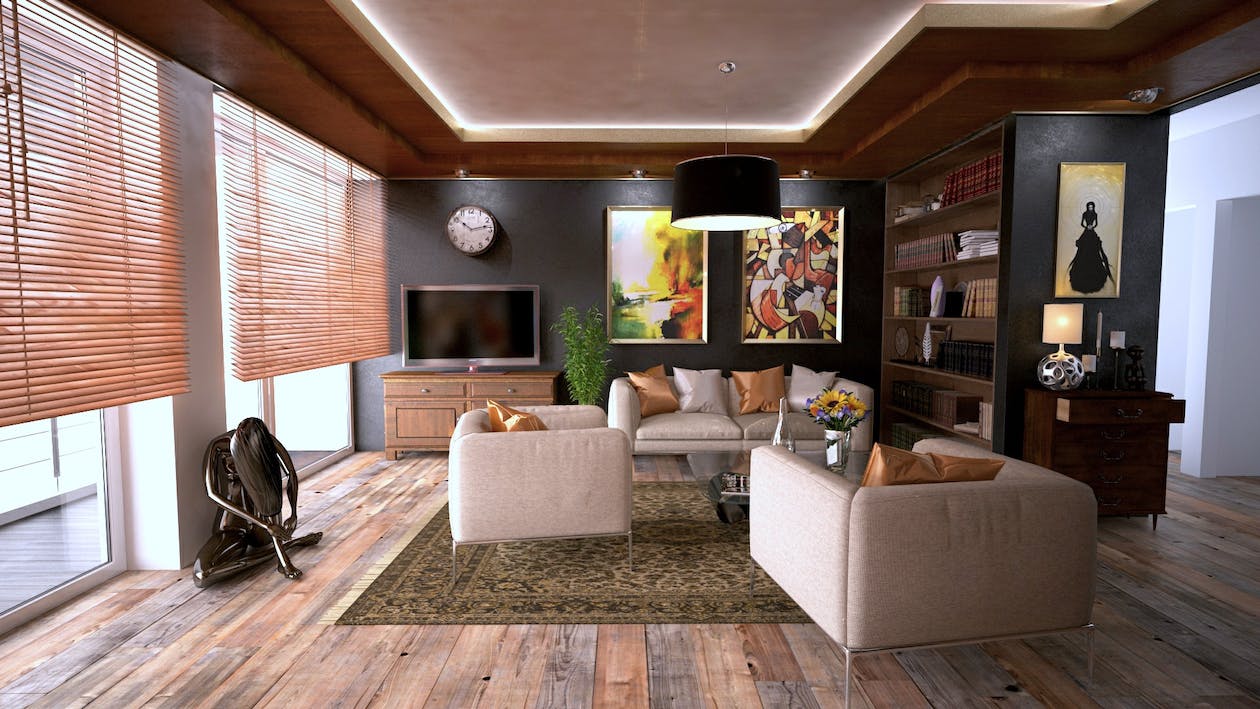
Home automation refers to the use of technology to control and automate various household devices such as lighting, heating and cooling, security, entertainment, and other appliances (like diswashers, washing machines, dryers, coffee machines etc). With this, residents can remotely control and monitor their home’s systems and devices using a smartphone, tablet or voice assistants like Alexa and Google Home. This leads to greater convenience, energy efficiency, security, as well as improved quality of life. Examples of smart home devices include smart thermostats, lighting controls, security cameras, and voice-activated assistants.
It is commonly also known by other names
- Domotics – According to wikipedia, the term “domotics” comes from the Latin word “domus,” which means “house,” and the word “robotics,” which refers to the use of robots and automation.
- Smart Home
- Smart House
- Home Security
- Home Surveillance
Applications of home automation
Here are some common applications of home automation:
- Lighting Automation
- Retrofit lighting automation
- Touch switches
- Smart bulbs
- Smart plug and play sockets
- Presence and Motion Sensor based lighting
- Curtain Control
- Climate or Temperature control
- Smart thermostats
- Smart AC control using Universal IR Blaster
- Retrofit fan speed control
- Entertainment Systems and Media Control
- TV control using Universal IR Blaster
- Smart RGB Bulbs
- Projector and music system control using Universal IR Blaster
- Voice assistants
- Alexa
- Google Home and
- Siri
- Smart home appliances
- Smart refrigerator
- Smart washing machine
- Smart coffee maker
- Cleaning robots
- Security Systems
- Smart Cameras
- Door Sensors
- Motion Sensors
- Hooter or Sirens
- Fire Sensors
- Water leakage sensors
- Key Fob
- Door locks
Lighting Control
Automated lighting control is a system that allows users to remotely control and manage their lighting systems automatically. Automated lighting control systems use advanced sensors and timers to detect the presence of people in a room and automatically turn on or off the lights. They can also adjust the light levels based on the time of day or the amount of natural light available, which helps to reduce energy consumption and lower utility bills. They also allow home owners to remotely monitor and control their lighting systems from anywhere, enhancing security and convenience.
Retrofit Switch
Retrofit home automation refers to the process of upgrading an existing home with smart technology to control various systems and appliances. Unlike in new construction homes where wiring and infrastructure can be designed and installed during the building process, retrofitting involves adapting existing structures to work with the latest technology. The ability to improve energy efficiency, increase comfort, and enhance security is one of the main benefits of retrofitting a home with smart technology. Homeowners can have greater control over their home systems and appliances, making their living spaces more convenient, efficient, and comfortable. Retrofitting can also add value to a home and make it more appealing to potential buyers if the homeowner decides to sell in the future.
How does retrofit work?
Our small retrofit module fits inside existing switch board and automates existing appliances. Users can control lights and other appliances using regular switches as well as smart phone and voice assistants. Regular switches become 2 way switches. Users can turn on using smart phone, turn off using regular switch and vice versa.
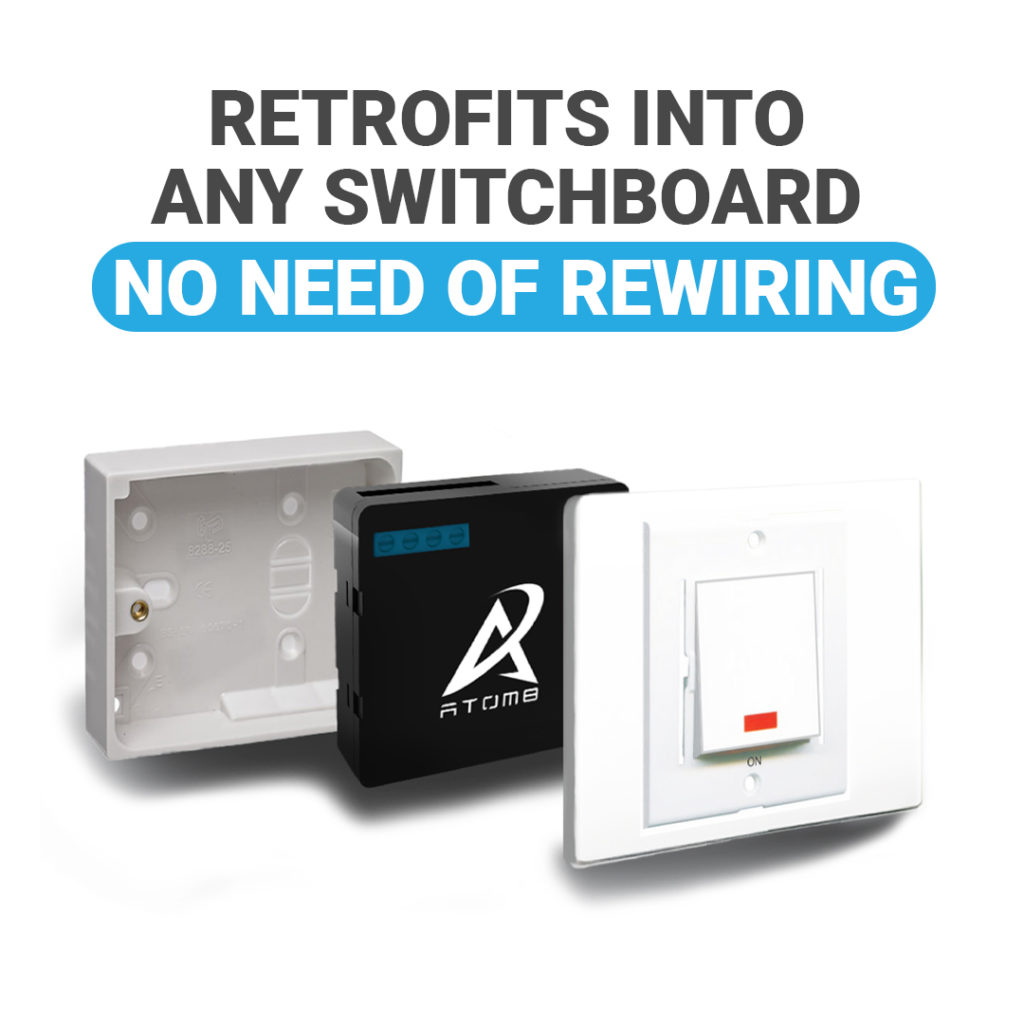
Touch Switch
Touch switches allow homeowners to control lighting, fans, and other electrical devices through a simple touch. These switches replace traditional toggle or rocker switches and feature a sleek design that can enhance the look and feel of a home. One of the main advantages of touch switches is that they eliminate the need for physical buttons or switches, which can be difficult to locate in the dark or for people with mobility issues. Additionally, touch switches are highly customizable, allowing users to adjust settings, such as dimming levels and timers, to suit their preferences. Touch switches can be integrated with other smart home technologies, such as voice assistants and motion sensors, to create a more convenient and efficient living environment. Overall, touch switches are a simple and elegant way to upgrade a home’s lighting and electrical systems while adding an extra layer of convenience and control.
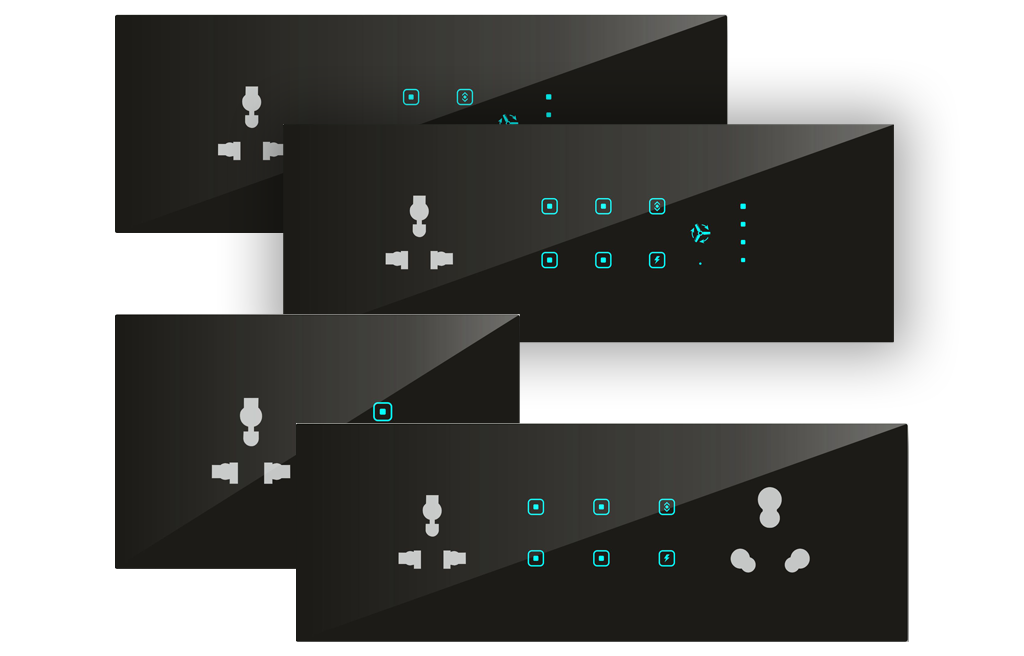
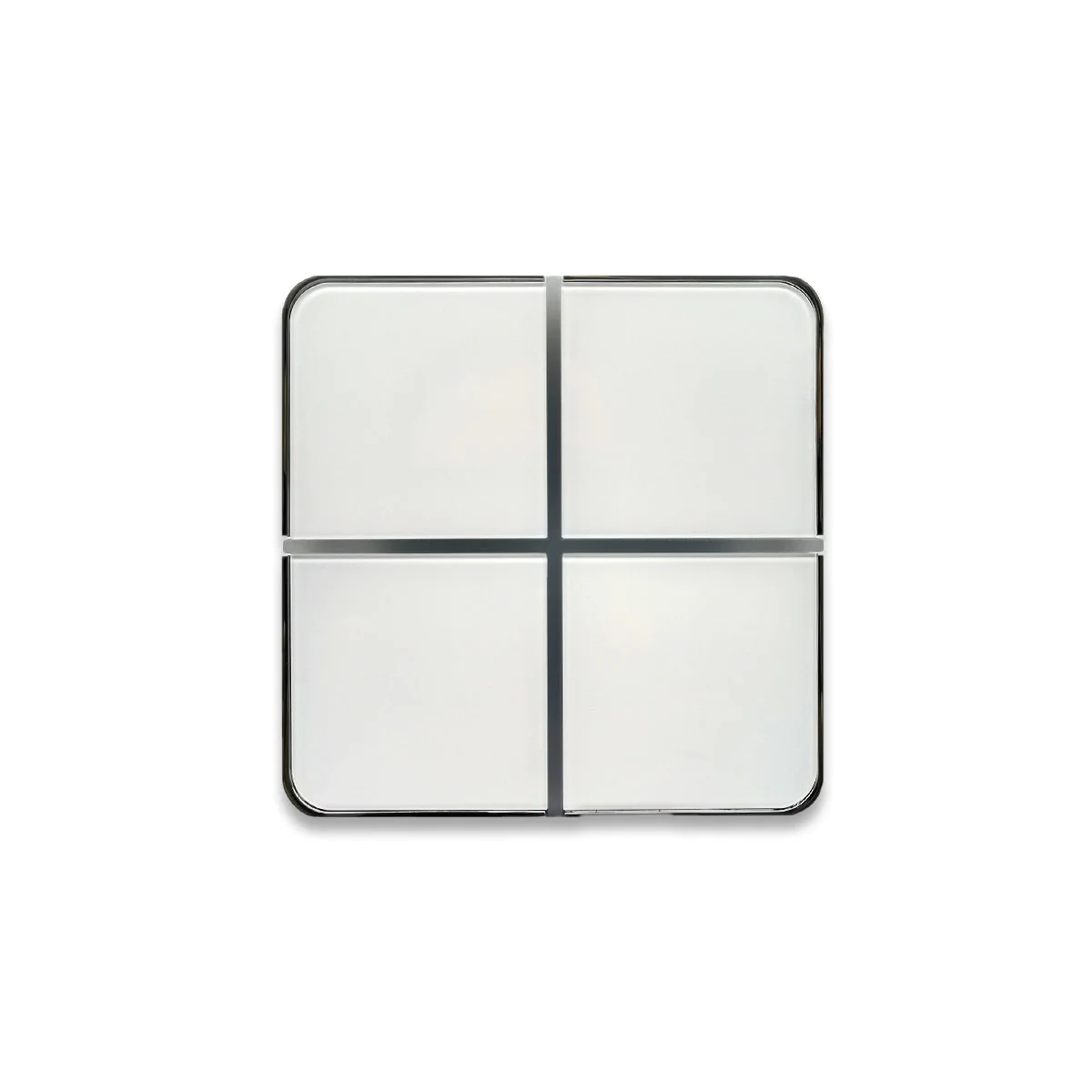
Presence and Motion sensors
Presence and motion sensors are an essential part of any modern home automation system. These sensors are designed to detect the presence or movement of people or objects and can be used for a variety of purposes, from enhancing home security to automating lighting and temperature control. In this blog, we will explore the uses of presence and motion sensors in home automation and how they can improve the comfort and safety of your home.
Security
One of the most common uses of presence and motion sensors in home automation is for security purposes. These sensors can be used to detect the presence of an intruder or other unauthorized person in your home, triggering an alarm or alerting you via your smartphone or other connected device. Some systems can also be set up to automatically contact emergency services if an intruder is detected. Motion sensors can also be used to activate outdoor lighting, making it more difficult for intruders to approach your home unnoticed.
Lighting Control
Another popular use of presence and motion sensors is for lighting control. These sensors detect when a person enters a room and turn on the lights. They also turn them off when the person leaves. This can save energy and reduce your electricity bills by ensuring that lights are only on when they are needed. Motion sensors can also be used for outdoor lighting. They can turn on lights when someone approaches your home. They can also turn them off after a set period of time.
Temperature Control
Presence and motion sensors can also be used for temperature control in your home. By detecting the presence of people in a room, these sensors can adjust the temperature to ensure maximum comfort and energy efficiency. For example, if a room is unoccupied for a certain period of time, the sensor can automatically adjust the temperature to conserve energy.
Climate control
Automated temperature control is a system that allows users to remotely control and manage their heating, ventilation, and air conditioning (HVAC) systems automatically. This technology uses sensors and algorithms to detect the indoor and outdoor temperature and adjust the HVAC system accordingly. With automated temperature control, users can set their preferred temperature levels and schedules for their HVAC systems to automatically turn on or off. This technology helps to conserve energy and reduce utility bills by avoiding excessive heating or cooling. Moreover, it improves the overall indoor air quality by regulating the humidity and air circulation. It includes smart devices like smart thermostats, smart air quality sensors and weather forecasts and is a part of a integrated home automation system. This technology offers many benefits, including improved energy efficiency, cost savings, and enhanced comfort and convenience for homeowners and building occupants.
Smart Thermostat
Smart thermostats allow homeowners to remotely control the temperature of their homes using a smartphone or computer. These devices are designed to learn the habits and routines of the homeowner. They for automatic adjustments to the temperature of the home to save energy and increase comfort. Smart thermostats can programmed to adjust the temperature based on the time of day or day of the week, allowing for greater energy efficiency and cost savings. Some smart thermostats can provide reports on energy usage. This enables homeowners to track their usage and make adjustments as needed. With the ability to control the temperature of the home from anywhere and the potential to save energy and money, smart thermostats are a popular and valuable addition to any home automation system.
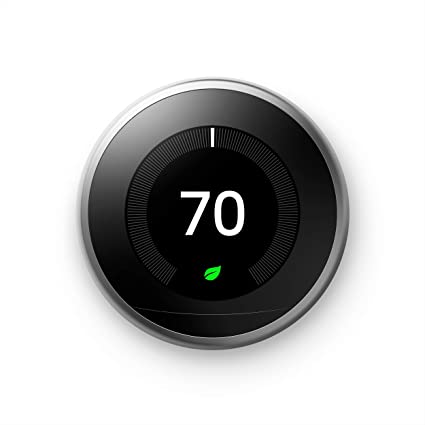
Air Conditioner Control using Universal IR Remote
Plug and play devices like Universal IR Remotes which can control Air Conditioners which let you set temperature based on environment temperature, schedule to cool and reduce temperature in the evening and slowly increase it over night for a comfortable sleep. You can place these devices on a table without professional installation and control multiple TV, AC, and infrared devices from a single app. ATOM8 manufactures one of the top quality, secure long range (upto 8m) Universal IR Remote and can be found here.
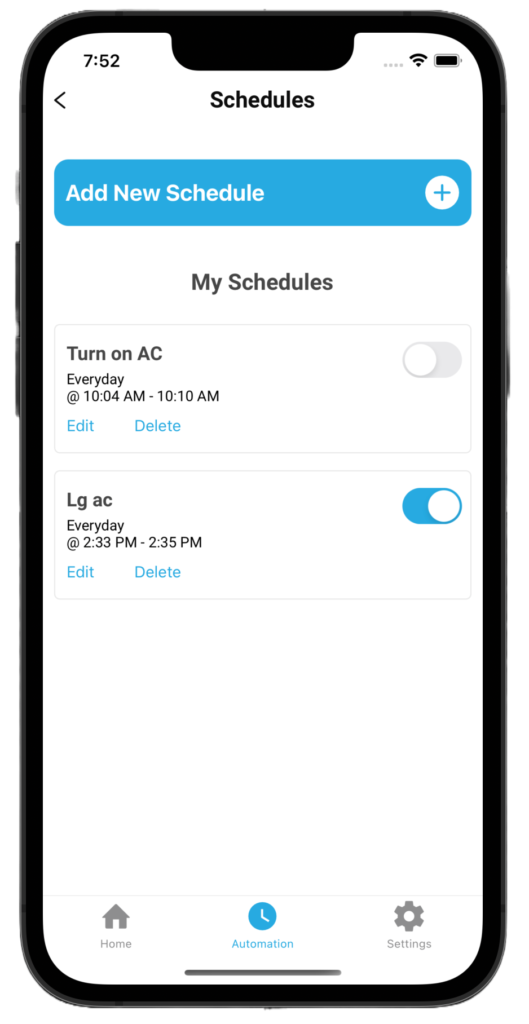
Entertainment systems
Automated entertainment systems can control TVs, speakers, and other audio-visual equipment and sync them with lighting to give an immersive experience to customers.
Movie and Home Theater
Users can program smart home systems to control the lighting, sound, and temperature in the room, creating an immersive and personalized movie-watching experience.
Gaming
Users can use smart homes for gaming, with smart lighting and sound systems providing an enhanced gaming experience.
This is not a distant future vision. It is available today in the market by Philips Hue and can be purchased on Amazon.
Media Control
Television Control
Plug and play devices like Universal IR Remotes can control TVs and Set Top Boxes. They can remind you of your favourite programs you might have forgotten about. You can place these devices on a table. They need no professional installation and control multiple TV, AC, and infrared devices from a single app.
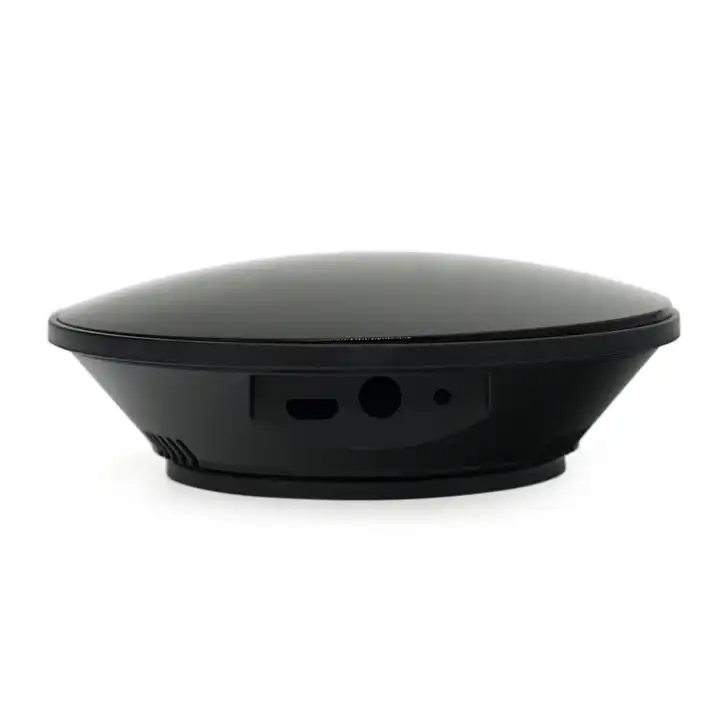
Voice Assistants
Voice assistants like Siri, Alexa, and Google Home are a popular addition to many home automation systems. These devices use natural language processing to understand and respond to voice commands from users. Voice assistants can control smart home devices such as lights, thermostats, and security systems. They can also provide weather updates, news, and other information. They can also integrate with other devices and services, such as music streaming and online shopping. Voice assistants with advanced voice recognition personalize responses based on user preferences. With their ease of use and ability to integrate with other devices and service, voice assistants have become a popular choice for smart home users.
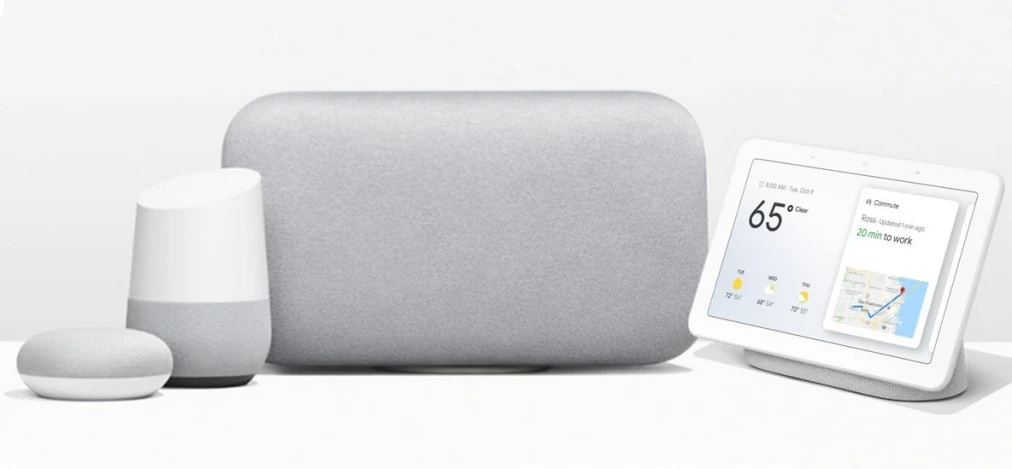
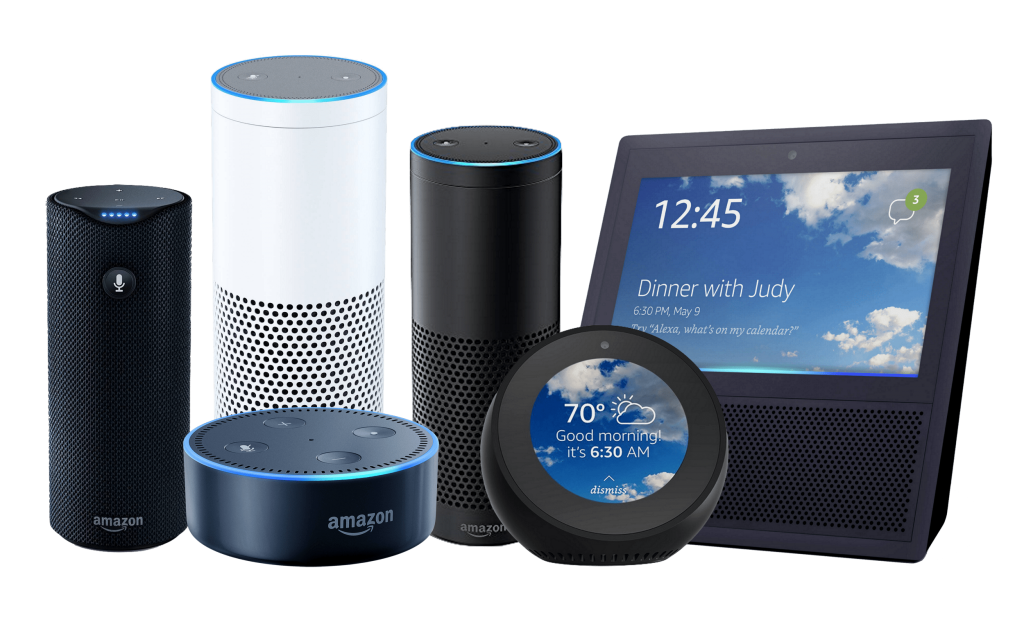
Voice assistants also act as a gateway for multiple smarthome brands to interact with each other. There is no widely adopted standard in the smart home industry and hence devices by one manufacturer is generally not compatible with another. With the increase in popularity of smart assistants most smart home products integrated with voice assistants now unintentionally have a common standard and devices from multiple manufacturers can now interact with each other.
Security systems
Automated security systems can monitor your home and alert you if any suspicious activity is detected and automatically beep the sirens and even call the authorities. This includes smart cameras, smart door and window sensors, motion sensors etc… Click here to know more about security usecases.
Cleaning Robots
Home cleaning robots have revolutionized the way people clean their homes. With advances in technology, these robots have become more efficient and effective, making them an increasingly popular choice for busy homeowners. In this blog, we will explore the benefits of home cleaning robots and how they can make your life easier.
Convenience
One of the primary benefits of home cleaning robots is the time and effort they save. With a robot vacuum, for example, you can simply set it and forget it, allowing it to clean your floors while you go about your day. This frees up time for other tasks or leisure activities, reducing the stress and burden of housework.
Clean Difficult Areas
Another benefit of home cleaning robots is their ability to clean hard-to-reach areas. For example, some robot vacuums are designed to clean under furniture, which can be difficult to reach with a traditional vacuum cleaner. Additionally, some models come with attachments for cleaning edges, corners, and other tight spaces, providing a more thorough clean.
Mapping and Intelligence
Some home cleaning robots come equipped with advanced features like mapping and scheduling. They allow you to customize your cleaning routine and monitor progress remotely. For example, you can schedule to clean your home while you’re at work. This ensures that your home is clean and tidy when you return.
Long term cost effectiveness
While home cleaning robots may come with a higher upfront cost than traditional cleaning methods, they provide a significant return on investment over time. Reducing cleaning time and effort improves quality of life and frees up time.
Overall, home cleaning robots offer a convenient, efficient, and effective way to clean your home. Whether you’re a busy professional, a parent, or simply someone who values a clean and tidy home, a home cleaning robot can make your life easier and more enjoyable. With a range of models and features to choose from, there’s a home cleaning robot for every need and budget.
Appliances
IoT (Internet of Things) appliances like washing machines and smart dishwashers have revolutionized the way we do household chores. These appliances can connect to the internet allowing users to control and monitor them remotely using a smartphone. With IoT-enabled washing machines, users can start, stop, or adjust the washing cycle from anywhere. This ensures that their clothes are clean and ready when they need them. Smart dishwashers can detect the type and amount of dishes to adjust the wash cycle to conserve water and energy. IoT appliances provide notifications when the detergent is running low or when the cycle is complete. This feature ensures that users do not forget about their laundry or dishes, preventing unpleasant odors and saving time.
Conclusion
Home automation is not just luxury. It can automate chores that don’t need your attention and enable you to spend time on things that really matter.
